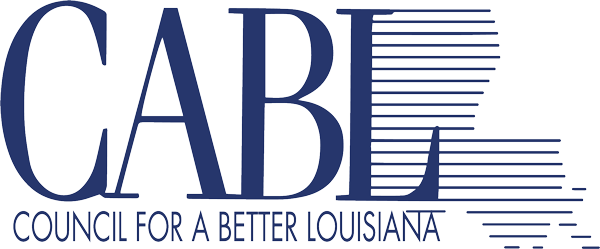
Until somewhat recently, the coming of another legislative session wasn’t something higher education officials were exactly looking forward to. For a period of nearly a decade beginning around 2008, legislative sessions meant budget cuts. In recent years, that’s begun to change, and this year’s session looks to be another one marked by a return to investment in colleges and universities.
After years of disruption, higher education in Louisiana is seeing a period of stability and even growth when it comes to state funding. While there has been a lot of attention focused on teacher pay raises in public schools and increased funding for early education, the current version of the budget shows an increase in higher education spending of well over $100 million.
Not all of it is recurring, with some of the revenues coming from federal pandemic dollars and state surpluses, but it is significant, nonetheless. Key areas include:
- Overall operating increases for institutions
- Faculty pay raises
- Go Grants for needs-based student financial aid
- Title IX programs dealing with student safety
- Funding for specialized programs including the LSU Health Science Centers and the Pennington Biomedical Research Center
In addition, nearly $30 million has been earmarked for the Board of Regents and the state’s community colleges to target training for nurses and other allied health workers.
In terms of legislation, there are also efforts to boost dual enrollment opportunities for high school students taking college classes, provide scholarships for aspiring teachers, and make it easier for students to transfer their credits from one institution to another.
While all of this is good news, it comes against a backdrop that’s raising some concerns. Across the country, enrollment in postsecondary institutions is down by more than a million students since the pandemic, and Louisiana is experiencing that same trend.
Here, enrollment in the fall of 2021 was fell 2.6%, mirroring a similar decline at the national level. In addition, for the first time in its history, TOPS eligibility is also down. It’s unclear exactly what that means for the future. While the pandemic is generally cited as the reason for the national drop, Louisiana had the added disruption of three major hurricanes during that same period, displacing large numbers of students and causing further chaos at impacted colleges.
The fact that both LSU and Southern University, saw upticks in enrollment are seen as hopeful signs that the statewide decline might be temporary. But with a hot labor market and wages for low-skilled jobs on the rise, the future is still far from clear.
Unfortunately, all this comes at a time when higher education in Louisiana is trying to reach an ambitious goal of ensuring that 60% of the state’s adult population has a postsecondary credential of value by 2030. Currently that rate is just below 50%.
Still, the investment of new resources in higher education is both needed and important. Increasing the education attainment of our citizens remains the ticket that can lift more of our people out of poverty and address many of the chronic social issues that continue to impact our state.
We must invest in our students, the schools that educate them, and the programs that produce a skilled workforce and ultimately drive our economy.
Hopefully, the state’s recent commitment to higher education will highlight its importance and send a message to citizens that returning to our colleges and universities will lead to better career options and the future prosperity of our state.
